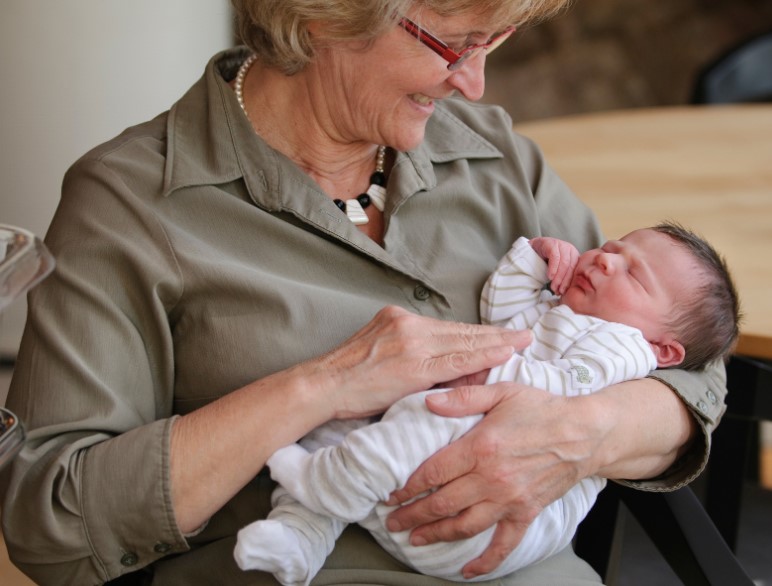Beyond age 55, our understanding, perception, and application of strength fundamentally transforms. What drives this shift? The culprit is mainly biological changes, notably sarcopenia, which leads to a gradual reduction in muscle mass and a corresponding decrease in strength. Though Sarcopenia is a naturally occurring process, a sedentary lifestyle, lack of strength exercise, and improper diet can significantly accelerate and worsen the effects.
Despite this, the weight of the world around us—quite literally—remains unchanged. Everyday objects and tasks do not become lighter to accommodate our changing bodies, setting the stage for a stark contrast between our physical capabilities and the demands of daily life as we age.
Understanding the Impact of Sarcopenia
Sarcopenia, the gradual loss of skeletal muscle mass and strength, marks a significant and often under-recognized challenge as we age. Its impact, varying by age, gender, and lifestyle, can quietly undermine our health, functionality, and quality of life.
Here’s an example of how this process works:

In this table:
- The “Force Loss Male (lbs)” and “Force Loss Female (lbs)” columns represent the calculated loss of force in pounds based on the strength loss percentages and the hypothetical baseline force production values of 140 lbs for males and 100 lbs for females.
- These calculations illuminate the gradual decline in physical force that accompanies aging and muscle loss, highlighting the tangible impacts of sarcopenia on daily life capabilities for those who do not regularly participate in strength-building exercises.
*these study statistics are based on sample individuals with a normal/active lifestyle. Sedentary individuals and those with poor nutrition/lifestyle habits experience significantly worse outcomes.
In contrast:

This table reflects the reduced percentage losses in muscle mass and strength for both males and females who maintain a consistent strength training regimen of at least 3x per week.
Notably, the force loss in pounds is significantly lower for those who engage in regular exercise, underscoring the effectiveness of strength training in preserving functional capacity and enhancing quality of life as we age.
Regular strength training acts as a powerful countermeasure against the natural decline associated with aging, demonstrating the profound impact that sustained physical activity can have on our ability to maintain muscle mass, strength, and the functional force necessary for daily activities, regardless of age.
How Strong Should You Be?
To bring the importance of strength into more explicit focus, consider the weights of everyday items and their relevance to our daily lives:
- A Gallon of Milk/Tea/Water: 8 lbs –
- A Plastic Bag of Groceries: 12 lbs –
- Bag of Garden/Potting Soil: 20 lbs –
- Full Toolbox: 10 lbs –
- Backpack Full of Books: 15 lbs –
- Bag of Golf Clubs: 40 lbs –
- Bag of Pet Food: 20 lbs –
- Carry-on Luggage: 40 lbs –
- Checked Luggage: 50 lbs –
- Toddler (2-3 years old): 25-35 lbs –
These items aren’t just objects; they represent facets of a full and independent life. Yet, for many, even the task of pouring milk from a gallon jug can eventually become a very difficult and daunting task.
So, what is an appropriate level of strength for you? Begin noting the weight of the heaviest of items that you either move regularly, or even occasionally. Your goal should be to comfortably and safely lift 1-1/2 times this weight a minimum of five repetitions.
Sounds easy enough, right? Keep in mind that strength is very much a use-it or lose-it resource and diminishes significantly as you age without proper and consistent maintenance/practice.
Some real examples:
That 40-pound bag of golf clubs which you could easily lift a couple of years ago when you put them away. They may now feel like a 100-pound bag of golf clubs that now causes you pain to move.
Or that adorable 9-month old grandchild that you could easily pick up and hold at their last visit. As the family gathers again, this little cutie is now 18-months old and 8-pounds heavier. Even with your best strained efforts, you cannot lift this child off of the ground, though their arms are reaching for you.
These examples are not fiction, in my line of work I hear these stories of change and challenge daily.
With a little effort you can avoid these scenarios for as long as you choose! Age isn’t the determining factor in maintaining ability. It is you initiative and follow-through which are the true determining factors.
In essence, as we ponder how strong we should be, the answer transcends numbers and metrics, pointing instead to a strength of character that empowers us to face the challenges of aging with optimism and empowerment.
Always let your physical strength be a testament and manifestation of your internal strength!
Joe Carson B.S. NASM-CPT/FAS/CN
Master Trainer/Functional Aging Specialist/Certified Nutritionist
Age-Well Arizona
c: 480-255-2157 email: joe@agewellarizona.com
Address: 1234 S. Power Rd. Suite-201 Mesa, Az 85206 Private Services Office
Address: 801 S. Power Rd. Suite-203 Mesa, Az 85206 Performance & Education Center





